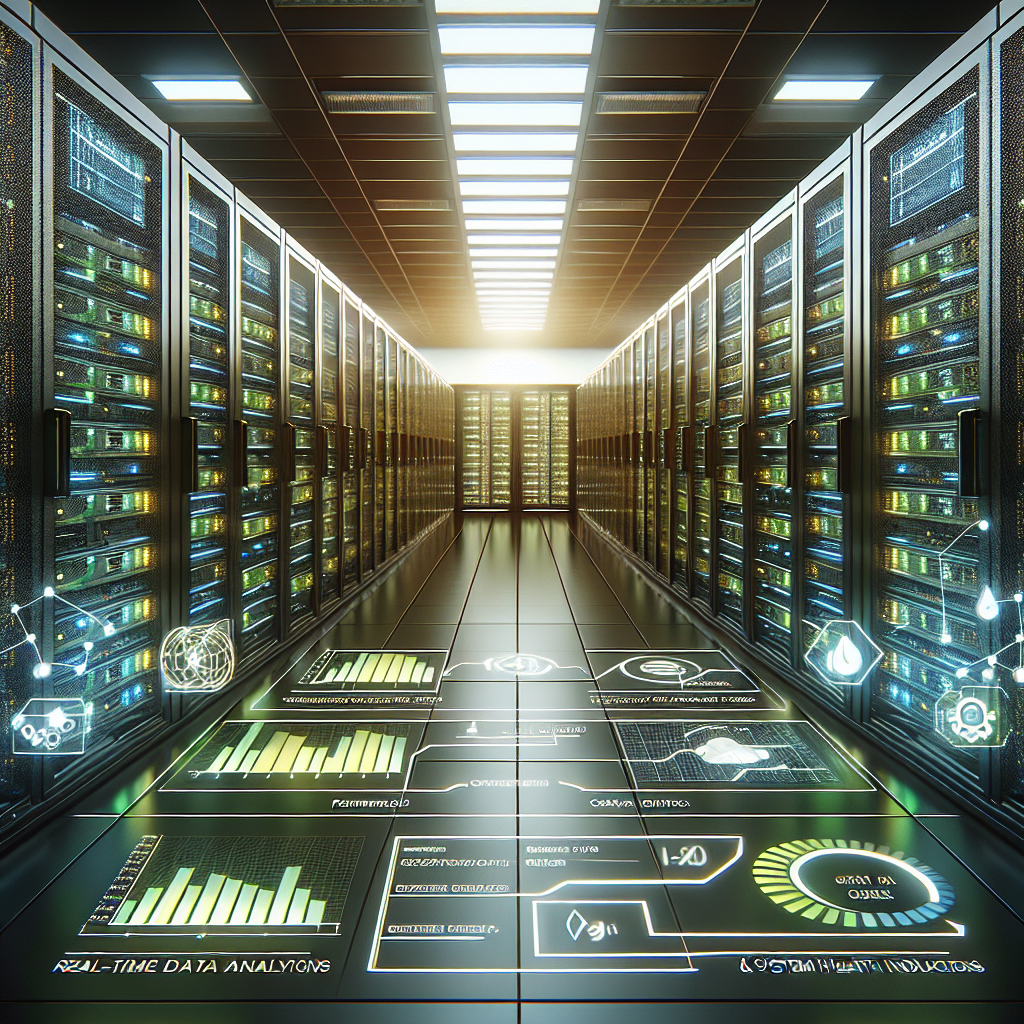In today’s digital age, data centers play a crucial role in enabling businesses to store, manage, and process vast amounts of data. With the increasing complexity and scale of data center operations, monitoring key metrics and key performance indicators (KPIs) is essential for ensuring optimal performance and efficiency.
Data center monitoring involves tracking various metrics to assess the health, performance, and security of the infrastructure. By monitoring these metrics regularly, data center managers can identify potential issues, optimize resource utilization, and make informed decisions to improve overall performance.
Some of the key metrics and KPIs that are critical for data center monitoring include:
1. Power Usage Effectiveness (PUE): PUE is a measure of how efficiently a data center uses energy. A lower PUE value indicates better energy efficiency, which can lead to cost savings and reduced environmental impact.
2. Cooling Efficiency: Monitoring cooling efficiency metrics such as temperature differentials, airflow, and humidity levels can help ensure that the data center is operating within optimal conditions to prevent equipment overheating and downtime.
3. Server Utilization: Monitoring server utilization metrics such as CPU and memory usage can help identify underutilized or overutilized servers, allowing for better resource allocation and improved performance.
4. Network Performance: Monitoring network performance metrics such as latency, bandwidth usage, and packet loss can help ensure that data is transferred efficiently and reliably across the network.
5. Security Compliance: Monitoring security compliance metrics such as access control logs, intrusion detection alerts, and vulnerability assessments can help identify and remediate potential security threats to safeguard sensitive data.
6. Backup and Recovery: Monitoring backup and recovery metrics such as backup success rates, recovery time objectives, and data loss prevention measures can help ensure that critical data is protected and recoverable in the event of a disaster.
7. Environmental Monitoring: Monitoring environmental metrics such as temperature, humidity, and air quality can help ensure that the data center environment is conducive to optimal equipment performance and longevity.
By monitoring these key metrics and KPIs, data center managers can gain valuable insights into the performance and efficiency of their infrastructure, enabling them to make informed decisions to optimize operations, reduce costs, and improve overall productivity. Implementing a comprehensive data center monitoring strategy is essential for achieving success in today’s data-driven business environment.


Leave a Reply